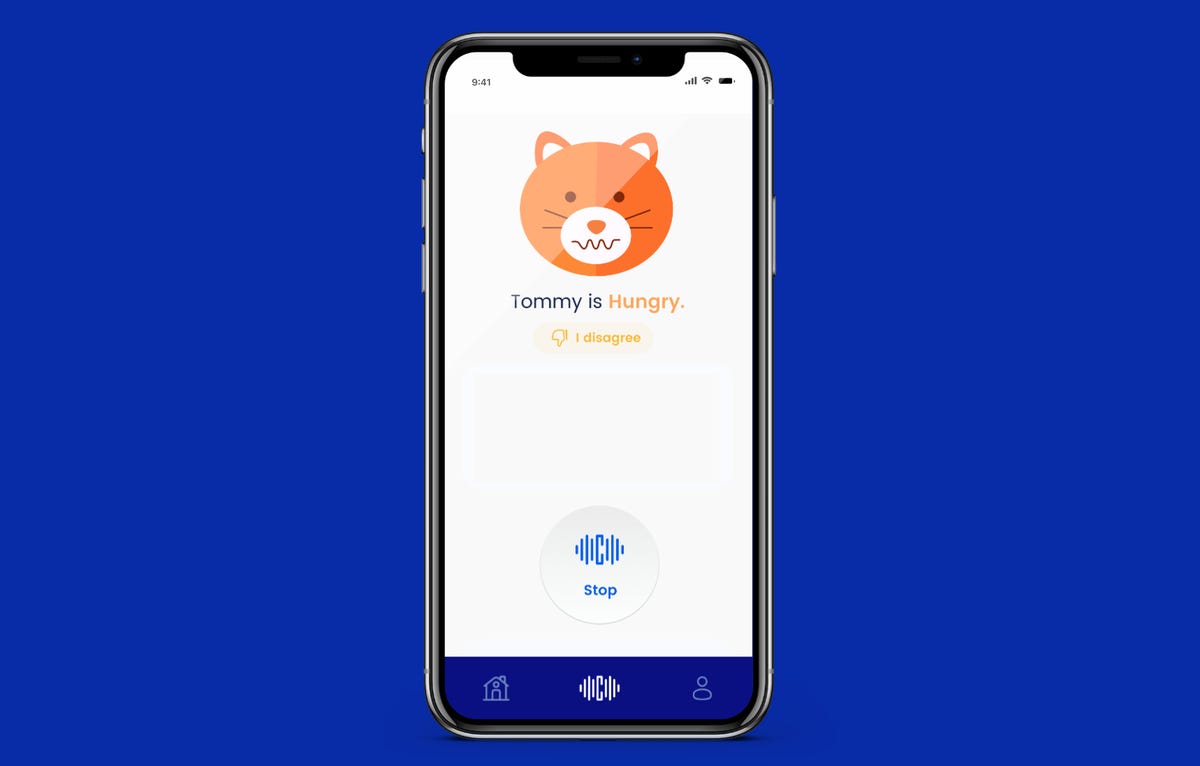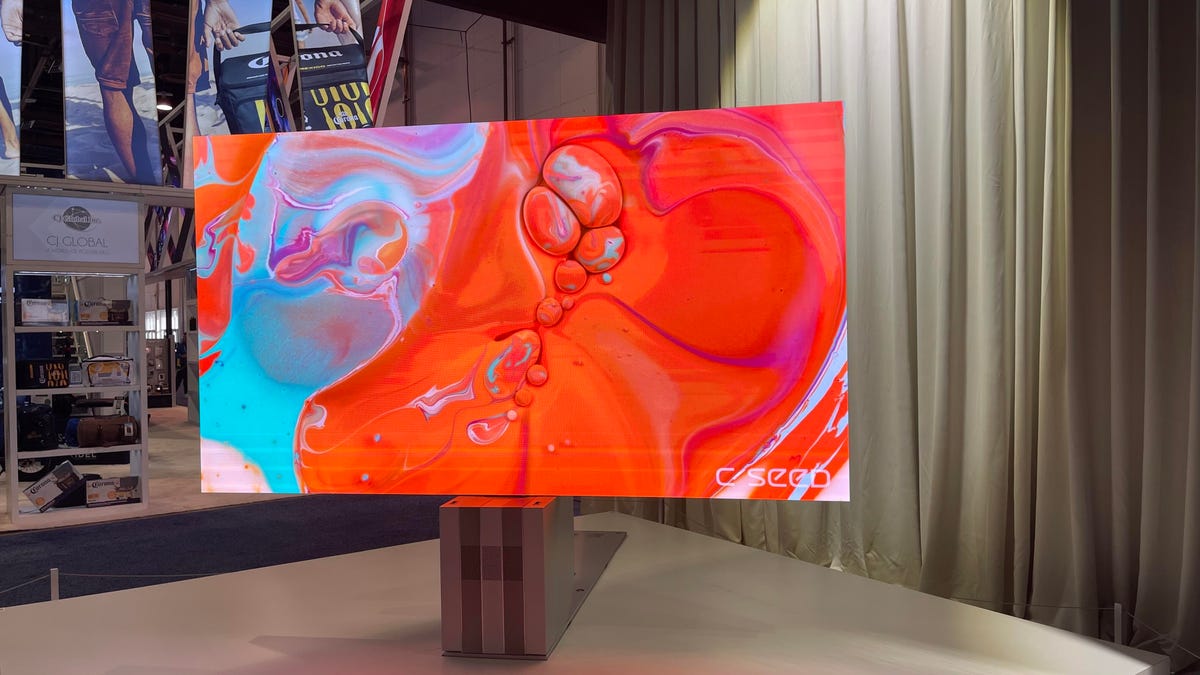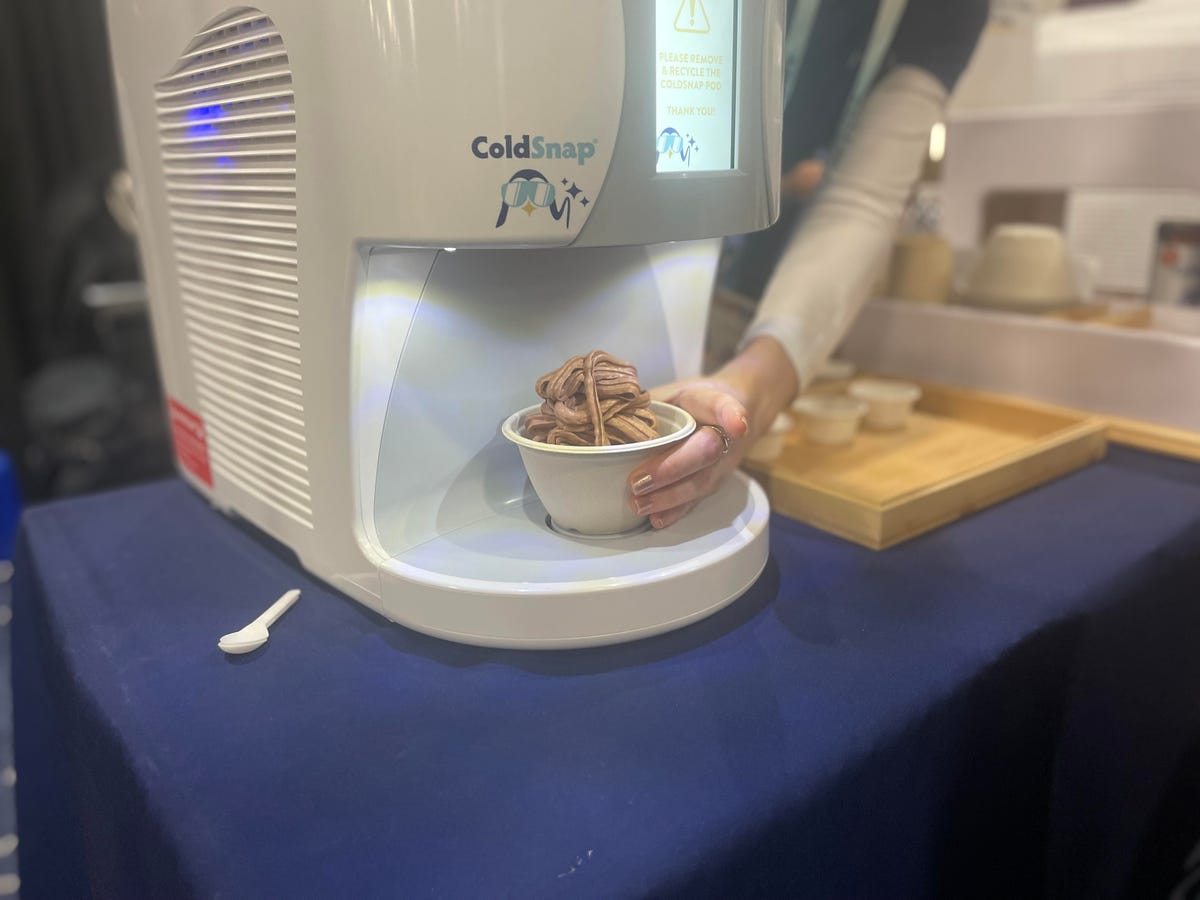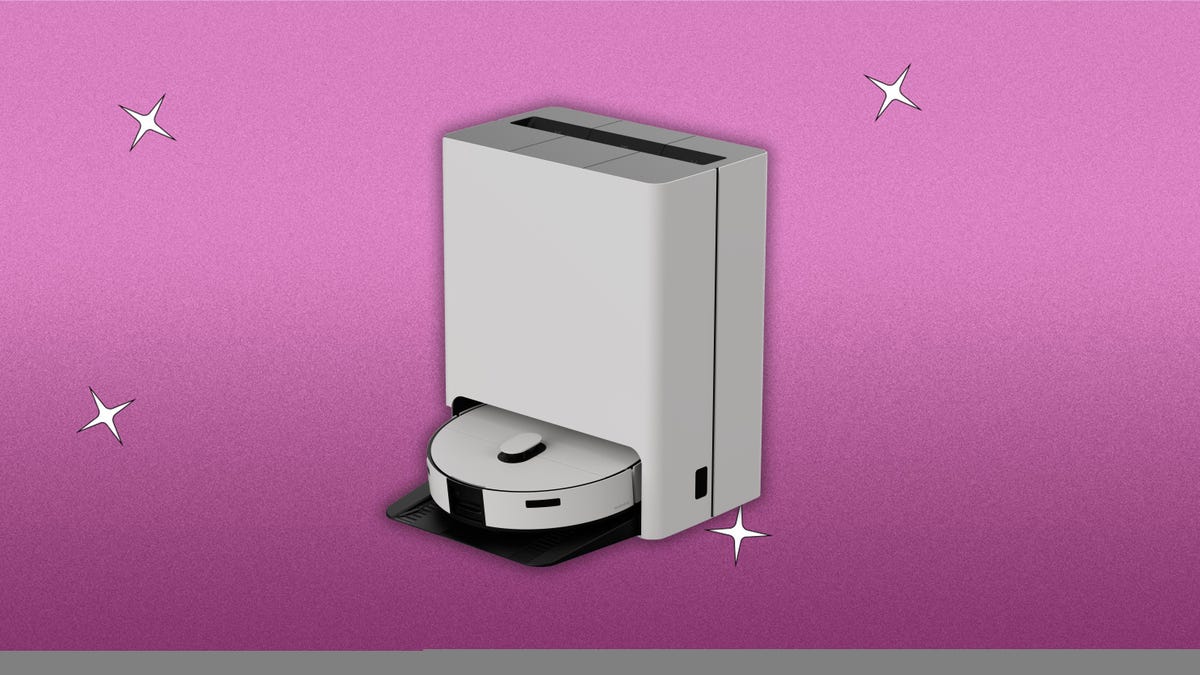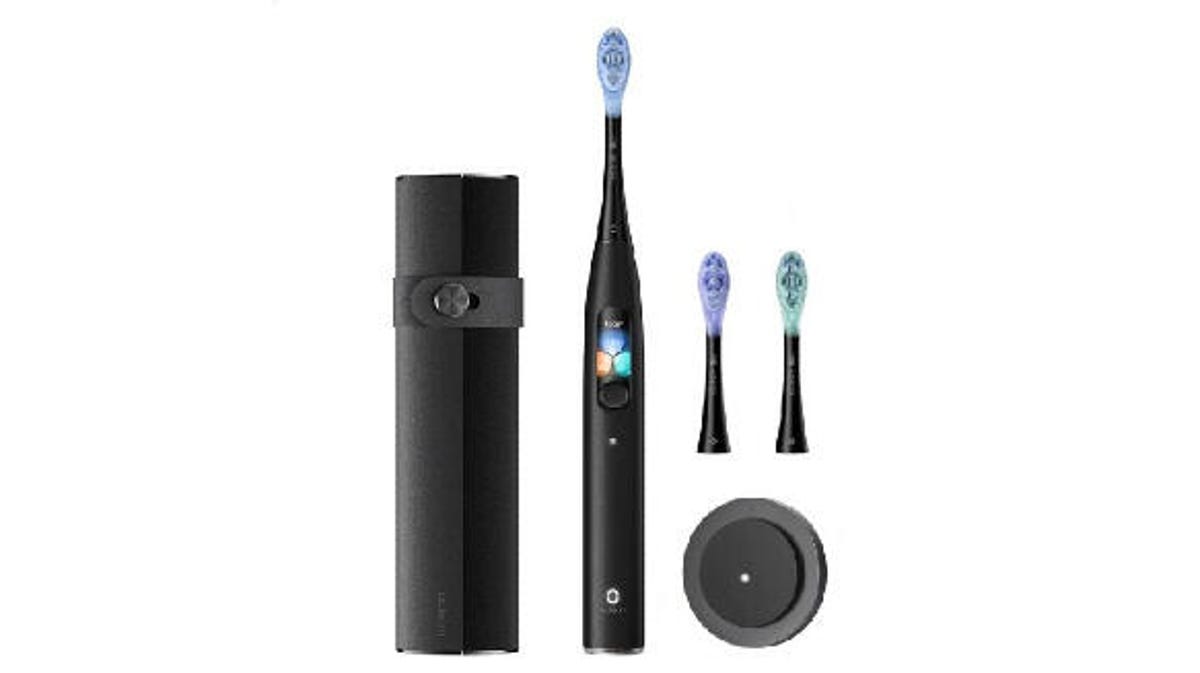There’s an element of predictability when it comes to what we’ll see every year at the Las Vegas tech bonanza CES. Big TVs? Tick. Home robots that never go on sale? Tick. An unnecessarily overdesigned toothbrush? Tick.
Every CES also brings its standout trends that dominate the big, flashy press conferences, the show floor and the late-night chatter at casino bars. Some of the biggest trends at this week’s CES 2024 were easy to foresee; a massive emphasis on AI, for example. Others, such as transparent screens and new solutions to take your house off the grid, were only discernible once we’d scoured the show floors of the Las Vegas Convention Center.
Here are our key takeaways, distilled for you based on everything CNET’s editors have seen, tested and played with.
AI in everything
You have about as much chance of winning at the slot machines as finding a company that doesn’t boast of its AI prowess at CES 2024. This is far from the first time AI-powered products could be found amid the booths, but this is truly the year that AI is dominating the show.
Read more: The Most Captivating Tech at CES 2024
The way it’s showing up, says Forrester principal analyst Dipanjan Chatterjee, is “a layer of intelligence that sits atop a traditional product or service to enhance the customer experience.” He points to products such as bird feeders to identify birds and pillows that adjust to reduce snoring as key examples.
What we’re witnessing right now is the integration of major breakthroughs in AI that have occurred in the past year or so — such as OpenAI’s ChatGPT — into devices. “There’s no question that AI — specifically generative AI — is going to be a big driver of new products and services,” says CNET’s AI guru Connie Guglielmo.
Guglielmo highlights Microsoft’s decision to change up the Windows keyboard for the first time in nearly 30 years, adding a button that provides a direct link to launch its AI Copilot, as a key example. Another is Volkswagen adding ChatGPT as a standard feature in its vehicles later this year. “You can literally talk your car in a Knight Rider kind of way,” she says.
Along with the AI products we’ve experienced firsthand, companies are dropping hints left, right and center at CES about what we can expect to see from them in the year ahead. In an interview with CNET Senior Editor Lisa Eadicicco, Google’s Sameer Samat, general manager and vice president of Android, Google Play and Wear OS, said that AI will play a key role in the evolution of how we interact with our phones.
That supports Guglielmo’s take that “we’re just starting to see how this foundational tech is going to change the way we work, live and engage with the world.”
We’re already curious to see how this rapidly evolving technology will have changed the game again by the time CES 2025 rolls around.

The screen, reinvented
Screen technology is always a big deal at CES and this year is no exception, with exciting display advancements seen in everything from massive TVs to concept bendable phones. As CNET’s TV expert David Katzmaier puts it, “TVs are even bigger and brighter this year. Hisense and TCL, both made their mini-LED lineups twice as bright for the same money as last year, and both introduced huge, expensive models with eye-watering specifications at 110 and 115 inches.”
Neither model has been priced yet, but they’re expected to cost many thousands of dollars. New screen tech never comes cheap, and nowhere is that more obvious than in C Seed’s wild, folding N1, which splits its 137-inch display into five sections to neatly fold away — and which comes with an astonishing $200,000 price tag. What cost-of-living crisis?
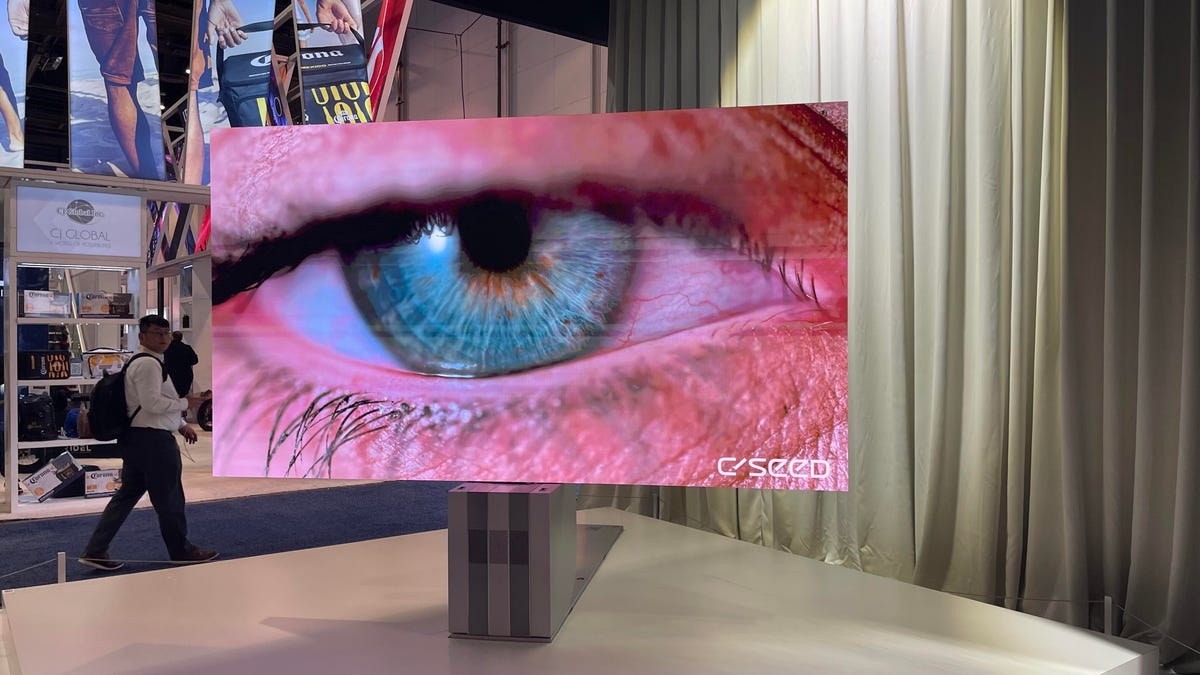
“A new trend this year is transparent displays” Katzmaier says. “LG has made transparent OLED screens for the last few years for businesses, but its newest model will go on sale later this year for consumers.”
The idea behind that new model, the OLED T, is to allow a screen to blend more seamlessly into the surrounding room when it’s not in use, rather than simply being a gigantic black rectangle. When not in use, the display looks more like a window, with fish, stars or other objects dancing across the glass and a black film rising to cover the rear when you want it to function as a regular TV. As Katzmaier puts it: “It’s one of the coolest TVs I’ve ever seen.”
Not one to let LG have all the fun, Samsung showed off its own transparent display technology using micro-LEDs which look brighter and more colorful than OLED screens. While the demo was cool, it’s more likely we’ll see Samsung’s see-through screen in commercial applications in the near future, rather than for your next TV.
Samsung showed off new screen tech for its phones, too. Its Flex In & Out Flip concept caught Eadicicco’s eye. “The concept is a Z Flip-style phone that can bend both ways,” she says. “With a device like this, you’d be able to use the screen whether the device is opened or closed, potentially making your phone much easier to use in one hand.”
Terrible product name aside, the Flex In & Out Flip shows that companies like Samsung –along with Motorola and its awesome rollable phone concept shown last year — aren’t ready to settle on one folding phone design just yet.
Next-gen gaming technology
Gaming tech remains a staple of the show floor at this year’s CES. New Intel 14th-gen mobile chips were found inside new laptops from Alienware, Lenovo, Asus, Razer and others along with expected updates across the board for higher performance. Many products, including HP’s new Omen, are eschewing the typical “battlestar” aesthetic of many legacy gaming machines, instead giving options for those of us wanting a “one size fits all” machine for working during the day and fragging noobs at night.
We’ve also seen new graphics cards from Nvidia, vibrating gaming seats from Razer and refreshed gaming-focused phones from Asus.

But we’ve also been treated to the first handheld PC gaming console using Intel chips. Valve’s SteamDeck gave us our first experience of playing PC games in a hand-held format when it launched back in 2022, and both Asus and Lenovo were quick to bring out their own versions. But while the models from Valve, Asus and Lenovo all use AMD processors, MSI’s new Claw handheld packs Intel Core Ultra 5 or 7 processors, which CNET Principal Writer Scott Stein reckons could make it the most powerful PC handheld around.
Windows-based PC handhelds have been generally well received, allowing keen gamers to enjoy their polygon punching from the comfort of their couches without having to always fire up a gigantic, LED-strewn gaming rig. MSI’s Intel-based model will bring a fresh injection of competition to the burgeoning category.
“What the Claw symbolizes may be even more important than what it does,” Stein says. “Intel is joining the party on new handheld-ready gaming chips, which suggests that hardware manufacturers should be even more able to create Steam Deck-like handhelds running Windows.”
Energy tech evolution
At previous editions of CES, the lack of home energy tech and serious solutions to help us tackle the environmental crisis has left us a little puzzled. There’s no time like the present to right those wrongs and declare green technology a major trend of the show this year.
Over the past few years, we’ve been buffeted by cost-of-living and environmental crises, amid skyrocketing energy prices, a greater need for more sophisticated heating and cooling tech, pressure on the electrical grid and waves of power outages. Smart homeowners everywhere are more aware that they need to take their energy management into their own hands, and CES 2024 has shown us how tech companies are responding.
Products such as a portable, whole-home backup battery from EcoFlow and new solar technology in the form of electricity-generating stained glass are just some of the innovations in energy technology. Meanwhile, our road to increasing self-reliance is being paved with things like moisture-farming tech that can generate water from thin air and smart energy services that let you switch between on-grid and off-grid energy sources with a single button.

Are the products at CES 2024 enough to make a serious statement about the tech industry’s commitment to sustainability? No. But as Forrester principal analyst Thomas Husson said ahead of the show, it’s “a small step in the right direction.”
“The next stage would be to embed sustainability and circular economy principles into the very design of new technology and product offerings,” he added.
In the meantime, the new technologies we’ve seen this year can help us imagine what a livable future looks like as the realities of climate change, particularly extreme weather, continue to set in.
















